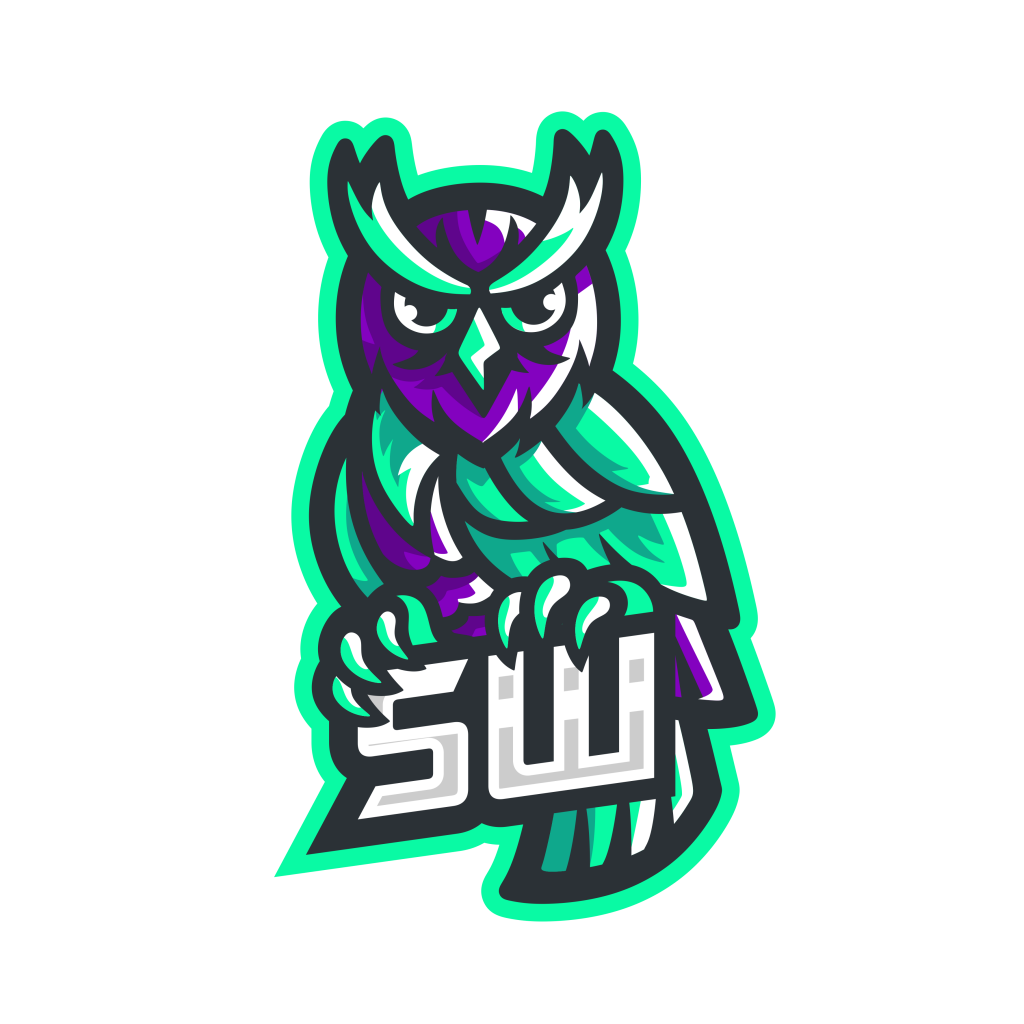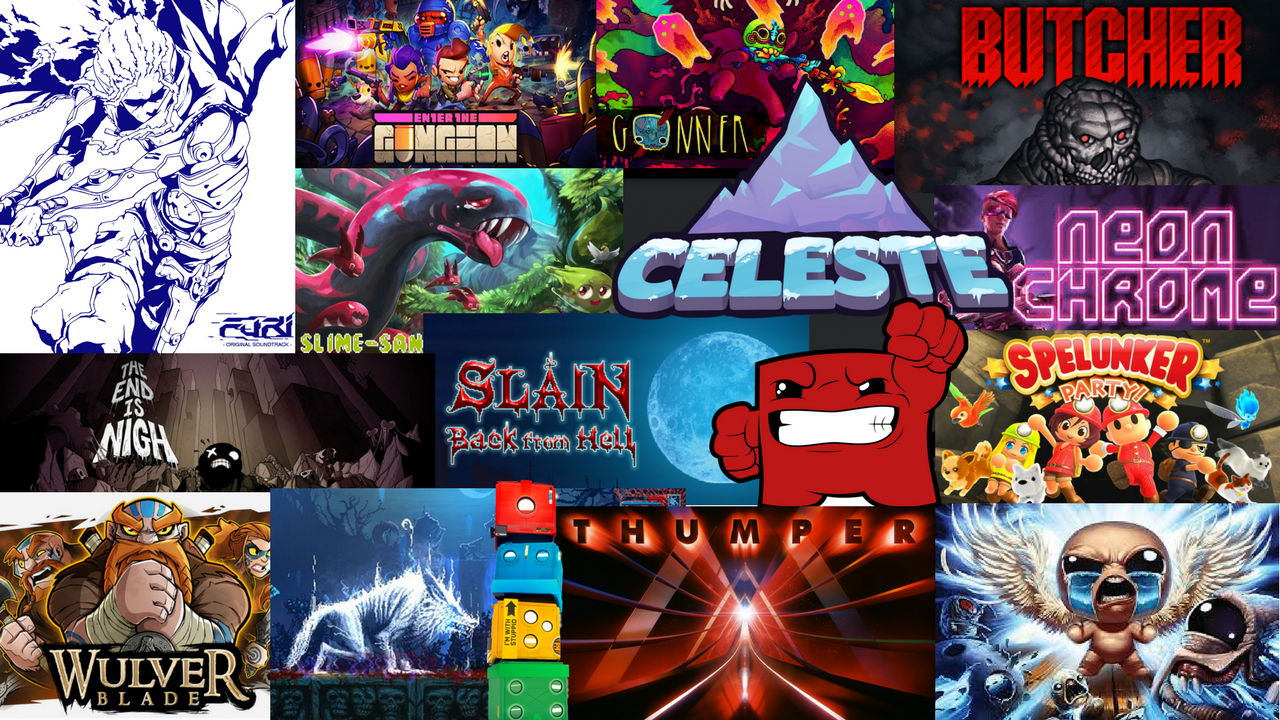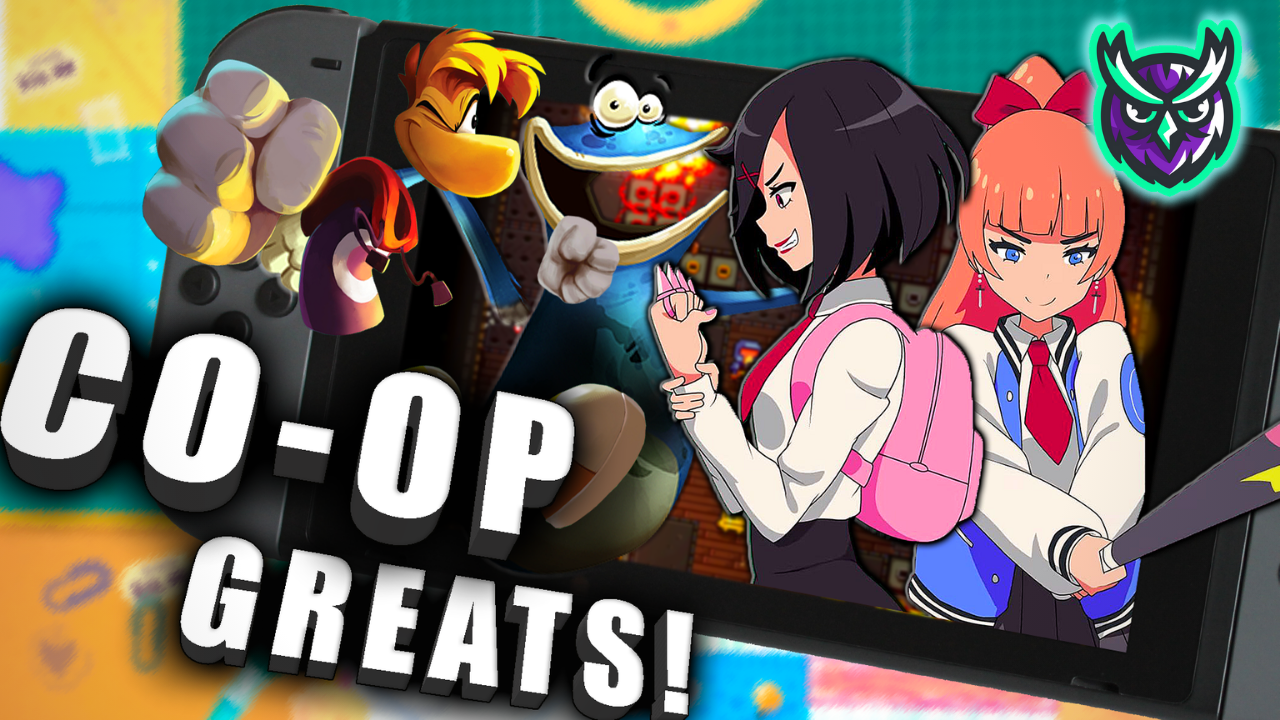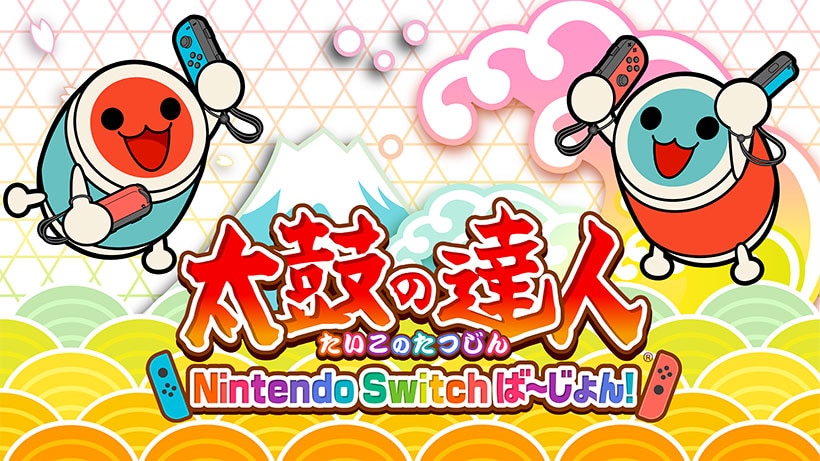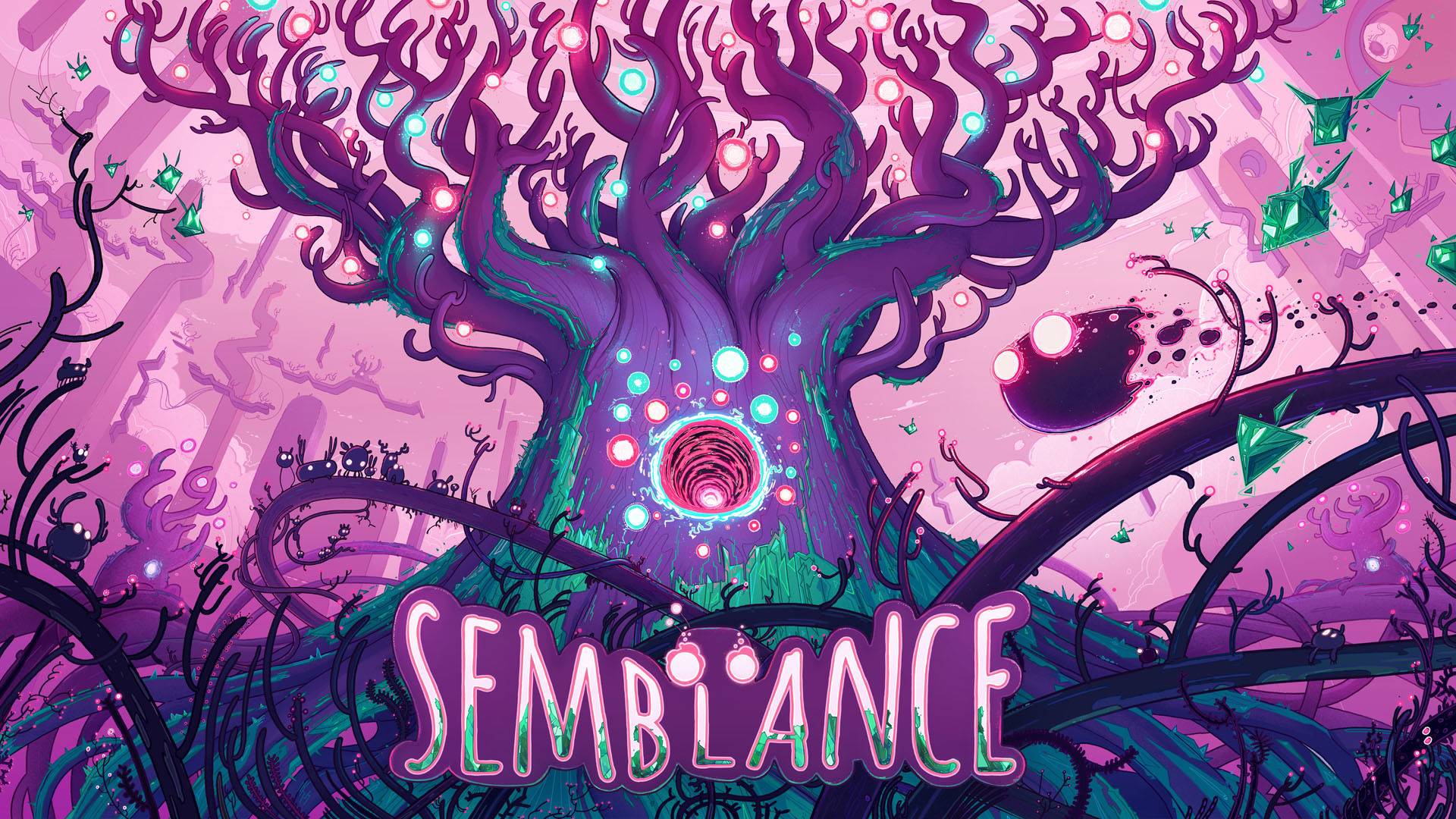Taiko no Tatsujin Nintendo Switch Review by SwitchWatch
Developer: Bandai Namco
Publisher: Bandai Namco
Release Date: July 19th 2018 (JP)
Price as of Article: ¥6588 (JP)
Game was purchased by the reviewer
While it was probably inevitable that a Taiko no Tatsujin game would grace the Nintendo Switch, I must admit I did start to get a little tetchy for a while at the lack of announcements. The series has been on many a consoles, but its colourful, whacky style always seemed more at home on Nintendo systems. Indeed, even though the Wii U was a total flop, three of these funky fun-loving Taiko games graced the system in Japan. Eventually the Switch version was announced however, and I for one couldn’t be happier.
If you’re unaware of the Taiko no Tatsujin games, it’s an arcade-born rhythm series that has you pounding ancient style drums in line with weird music and a sensory attack of the cuteness variety. It’s incredibly popular in Asia and every arcade in Japan, China or Korea worth their salt will have a couple of these machines laying around dishing out rhythmic fun.
The series has previously only wandered westwards once back on the PlayStation 2 named Taiko Drum Master and was heavily edited for a western audience, somewhat missing the point and what made the game so unique. Now saying that, there are lots of strong rumours and evidence circulating right at this moment that this Nintendo Switch version may actually make it to Europe and America this time, although there’s currently been no official announcement.

The gameplay of a Taiko no Tatsujin game couldn’t be simpler. It’s a rhythm game with two major kinds of beats: red and blue. Depending on the control input you want to use, this entails slightly different efforts but essentially the red beat means the deep thumping sound of the middle of the drum while the light blue signifies the higher sharpness of the drum rim. The notes scroll across the screen from right to left and you have to hit them at the right spot. There are slight variations where a bigger symbols ask for a two stick thump but this doesn’t play out too much in reality and just one stick still works. Plus you have the extended notes at which you just spam the same note as fast as possible to create a drum roll as such. These always add to the fun an excitement of Taiko no Tatsujin.
It may seem simple, but in actuality it can be pretty fiendish depending on how your brain processes things. As the two different notes run down the same conveyor belt together, it may take a while for you to adjust to this and get used to it. Don’t be ashamed to start right on the easiest songs on the lowest difficulty to get up to speed with the gameplay.
There are 4 input methods for this game and it’s clear to see not all of them are wholly suited to the gameplay. Firstly let’s start with the button inputs which can be used either with the dual Joy Cons or singular. They are fairly standard and are probably my third choice when it comes to playing the game. The problem I had was not being able to process which side of the controller was which colour and I often made mistakes. They’re usable though and fine for slower songs with less inputs. When songs get slightly more dense and chaotic be prepared for this control method to turn your brain into a mushy mess.

One of the biggest selling points of this one has been the motion controls whereby holding the Joy Cons vertically act as motion controlled drum sticks. Hitting straight down performs the normal drum, while doing a sort of horizontal swing as though you’re trying to slice a tennis shot performs the rim hit. At least that’s what’s supposed to happen. In all honesty, they are hit and miss. My initial thoughts were that they were completely godawful and had no right to be in the game; often delayed with false double inputs and inaccuracy plagued what should be a fun, carefree play style. I gave them up as a bad job and moved on to the other control set ups. Before I settled down to publish my review, however, I decided to give them one more try and I think something clicked with me and got used to them enough to manage them and, indeed, started to have a fun time despite the double inputs and the occasional ignored movement. They are solely for playing on the lowest difficulties though. Any attempt at hitting notes within the vicinity of each other is a no go. I guess it’s a fun party trick and will probably get kids into the game somewhat but if you’re going for high scores and wanting to achieve golden crowns, you’re better off switching to the other control schemes.
In my opinion, the best way to play this on the Nintendo Switch right out of the box is with the touch controls. Obviously this can only be played in handheld mode whereby the top half of a drum appears on the screen. For me this is the most accurate and makes the more difficult levels to be manageable since quick inputs are actually feasible. This is definitely my recommended way to play unless…
… You have the drum controller. This is an epic, fully capable (and probably overpriced) accessory that you can buy separately and in all honesty it takes the game to the next level, almost making playing without it obsolete. This solid piece of plastic imitates the real life arcade machine on a smaller scale. It includes most inputs in the form of buttons on the lower fifth of the instrument, but lacks vital ones that stop it being compatible with most games. I mean, just watch me playing Fortnite on it.
It’s a solid piece of kit, much heavier than I was expecting and it includes room to weigh it down even more if you’re a little worried. I don’t think you have to be though, below are four very capable rubber feet which are very effective in keeping the unit still.
It’s great playing with the drum controller but just be warned, it’s not exactly the most sensitive of input devices. I know it sounds silly, but if you want to tap gently it’s not going to register. This requires you to slam with all your heart so it’s not exactly doable if people are sleeping in the next room. Just be warned, you do need to be a bit loud with this one. As a side note, in my unboxing video, there were a couple of comments that said that it was feasible to play this quietly so please bear that in mind, my experience here may not be universal.
For those interested, it’s a USB connection that fits into your dock so you can’t play with it like this in handheld mode which I’m sure is not a huge issue, the cord is also 2m which is enough for me, but it’s something to think about if your sofa is far away from your TV.
Anyways, back to the actual game. As far as modes go, it’s disappointingly slim pickings. There’s the free to play mode where you choose which ever song you want to play, choose from the varying difficulties and attain the best grade possible.
The main gameplay of playing through songs is open to two players but 4 players can play in the myriad of mini-games present in this one. These rhythm based mini games are competed either solo or in teams and they all play out very simply with single button presses. Of course it’s all timing based thanks to the rhythm so you’ll find yourself just tapping a single button at regular intervals. It’s hardly the frenzy of what many people enjoy out of party games such as the old Mario Party and Pokemon Stadium classics, but it can be fairly fun. Winning one of them will in turn unlock an even more difficult version of that challenge, whether it be the one where you have to catch fish or ninja slice sticks thrown at you by dog; there’s enough competent variety and standard fun, but it’s difficult to say if this is a selling point of the game. It’s certainly not enough to drag me away from the main event. I do like that they went all out with it though. It’s not just a couple of tacked on mini games such as those couple found in Kirby Star Allies, this is fully committed.
There is online play of some sort too. I know this is supposed to be an in depth review but for the life of me I can’t understand how to work it out. I’m assuming that it’s friend-based only, there’re no random matchups, hence why I couldn’t get a game because, believe it or not, I’m the only person on my friends list playing this one.

Now it wouldn’t be a Taiko no Tatsujin game if they didn’t have any crossover stuff with famous franchises and, this one being a debut of the hugely popular Nintendo Switch; Mario, Kirby and Splatoon all make a musical appearance here. Sadly it’s not a lot and in all honestly I would love to have an entire Nintendo-themed Taiko no Tatsujin with tonnes of music from the breadth of musical pieces Nintendo has for its franchises.
Criticisms are few and far between. The major criticism is in the motion controls, of course aside from that the lack of some sort of an adventure mode is disappointing too. I remember the PlayStation Vita game having a mode like this so it’s odd it’s not included in this first Nintendo Switch version. Sure, I wouldn’t understand it right now, but it could have been a nice incentive to play through each of the songs, maybe with some alternative goals in mind.
I think the difficulty may have some accessibility issues. I like rhythm games that have a learnability where you can start somewhere in the middle difficulty and work your way up higher just by learning and practicing. However, the top level difficulty in Taiko no Tatsujin isn’t afraid to tell you to go away and learn to become some sort of faultless superhuman in order to defeat it. It does cordon off a bit of the game to 99% of gamers. It scales up nicely, but there is really an inaccessibility for casual players at times. I highly doubt most of you will be able to 100% this game.
<script async src=”//pagead2.googlesyndication.com/pagead/js/adsbygoogle.js”></script><!– –><ins class=”adsbygoogle”<!– –> style=”display:block; text-align:center;”<!– –> data-ad-layout=”in-article”<!– –> data-ad-format=”fluid”<!– –> data-ad-client=”ca-pub-5661714653949151″<!– –> data-ad-slot=”5669732186″></ins><!– –><script><!– –> (adsbygoogle = window.adsbygoogle || []).push({});<!– –></script>Visually the game just oozes charm and personality, it’s a rainbow of cuddles and happiness. The joy of being cheered on as you pound your way through a song never fails to raise a smile. There are some nice different backgrounds here and there, that escalate over the course of the song into something so happy-go-lucky. The mini-games are themed nicely and, again, have tonnes of personality in them and the colours and brightness are just refreshing. It’s like having a bag of melted skittles injected into your eyes.
The audio is obviously a big part of the experience for a rhythm game and of course, they’ve got it spot on here. Weird, wonderful and incredibly bewildering for the outsider, you’ll easily find plenty of loveable tunes to have fun with. High energy tunes, often of the pop variety, bring a feel good mood to proceedings.
There’s some soft Japanese rock, pop, vocaloid, some classical music, the Nintendo themed ones, songs from other games like Ridge Racer and Pac-Man. My personal favourite are the Studio Ghibli songs which include the ending songs for Spirited Away and My Neighbour Totoro; just lovely. There’s even the prospect of DLC. At the time of recording there’s a free download for what I believe is a Gundam song, so definitely get on that. I don’t know if future DLC is going to be paid or free, but going by other rhythm games on the Switch setting a precedent, it would be wise for Bandai to follow the free suit, considering this game is way more expensive than the competition that offer free songs.

A minor complaint that I’m not entirely sure about, because maybe I’m just getting lost in the menus, is that there’s no way to change the type of sound effect your drum makes. I’m sure this has been possible in other entries and I liked having symbol crashes instead of the pound sound at times. Maybe it’s there, maybe I just can’t find it. Either way, it’s slightly disappointing if the option isn’t there.
As for value, well the game is selling on the eShop for a princely price of almost 6,588 Yen, which in a more easily understandable currency for the rest of us comes in at slightly less than $60 and around £45. That’s pretty pricey and is without the drum controller, which in my opinion takes the game to the next level of fun. Importing a game and drum controller or two isn’t going to be cheap either unless you want to wait until that likely western release. Even then it’s probably not going to be going cheap. But it is what it is, probably the most polished, fun and charming rhythm game on the Nintendo Switch. The licensed music and high quality peripherals really jacked up the price and although I paid top dollar for this myself, I’m more than happy with it, but I know that I may be in the minority for this one as a fan of the series. When you have other great rhythm games like Musynx, Deemo and Voez, all offering at a much lower price, you will be tempted to say this one is overpriced, but there’s just a tonne more polish and personality in this one that steps the price up accordingly. It also depends on their DLC plans. If there are plans to have lots of free songs added over time then that will certainly add to the value, but if they are going to be paid for, it’s a tough one.
Pros
Fantastic rhythm gameplay
Oozing with love and personality
Great song collection
Cons
Motion controls
Lack of modes such as a story or adventure
